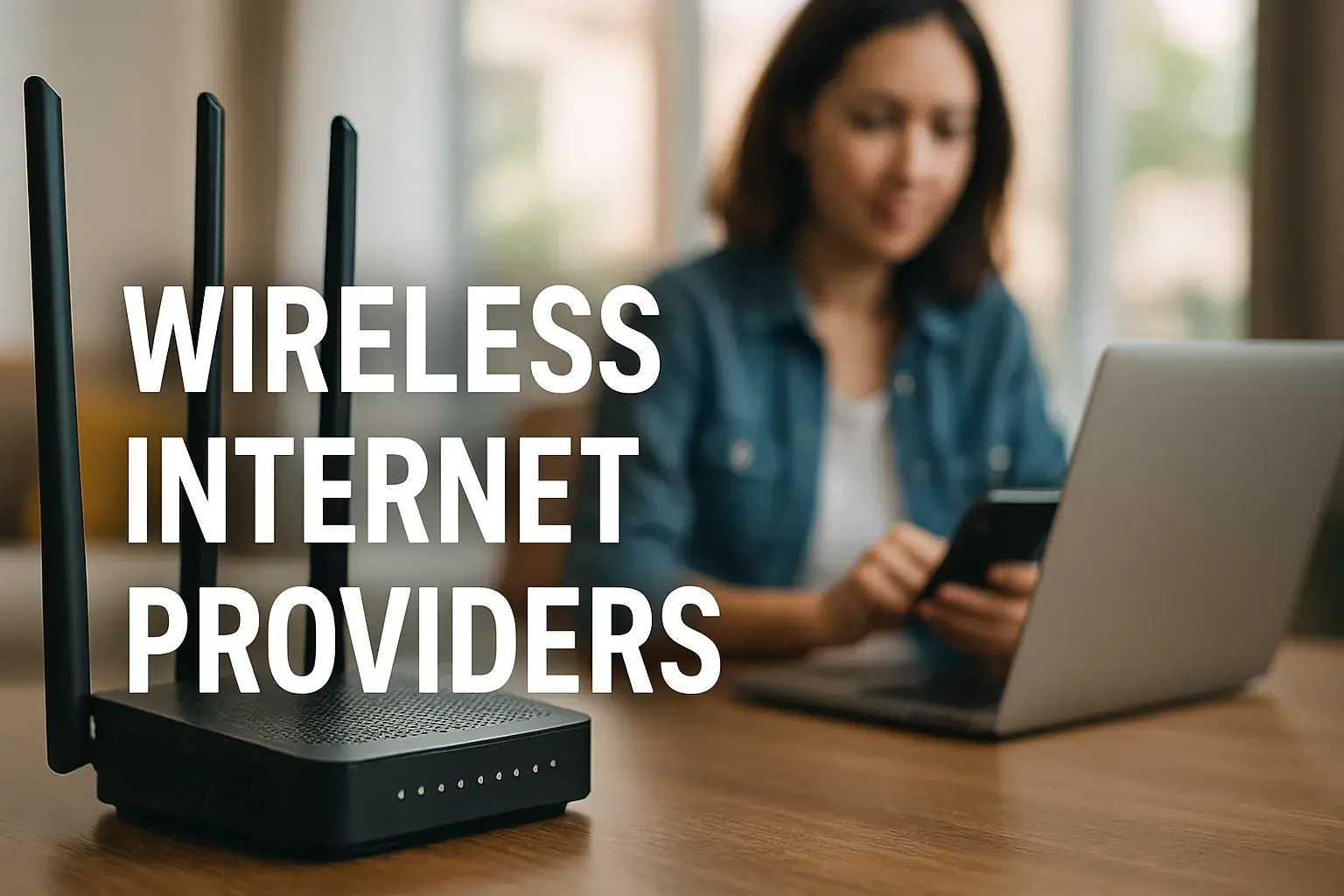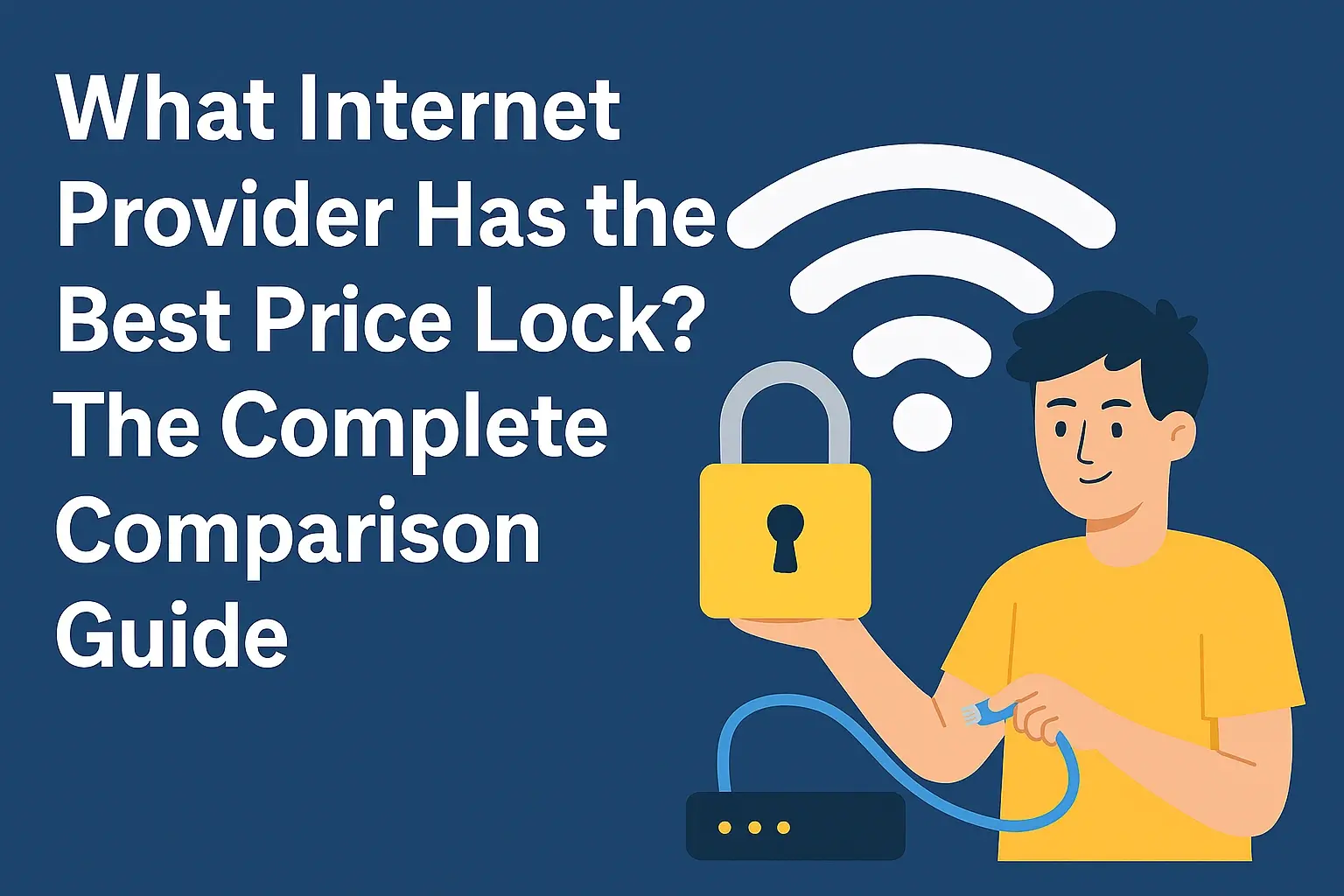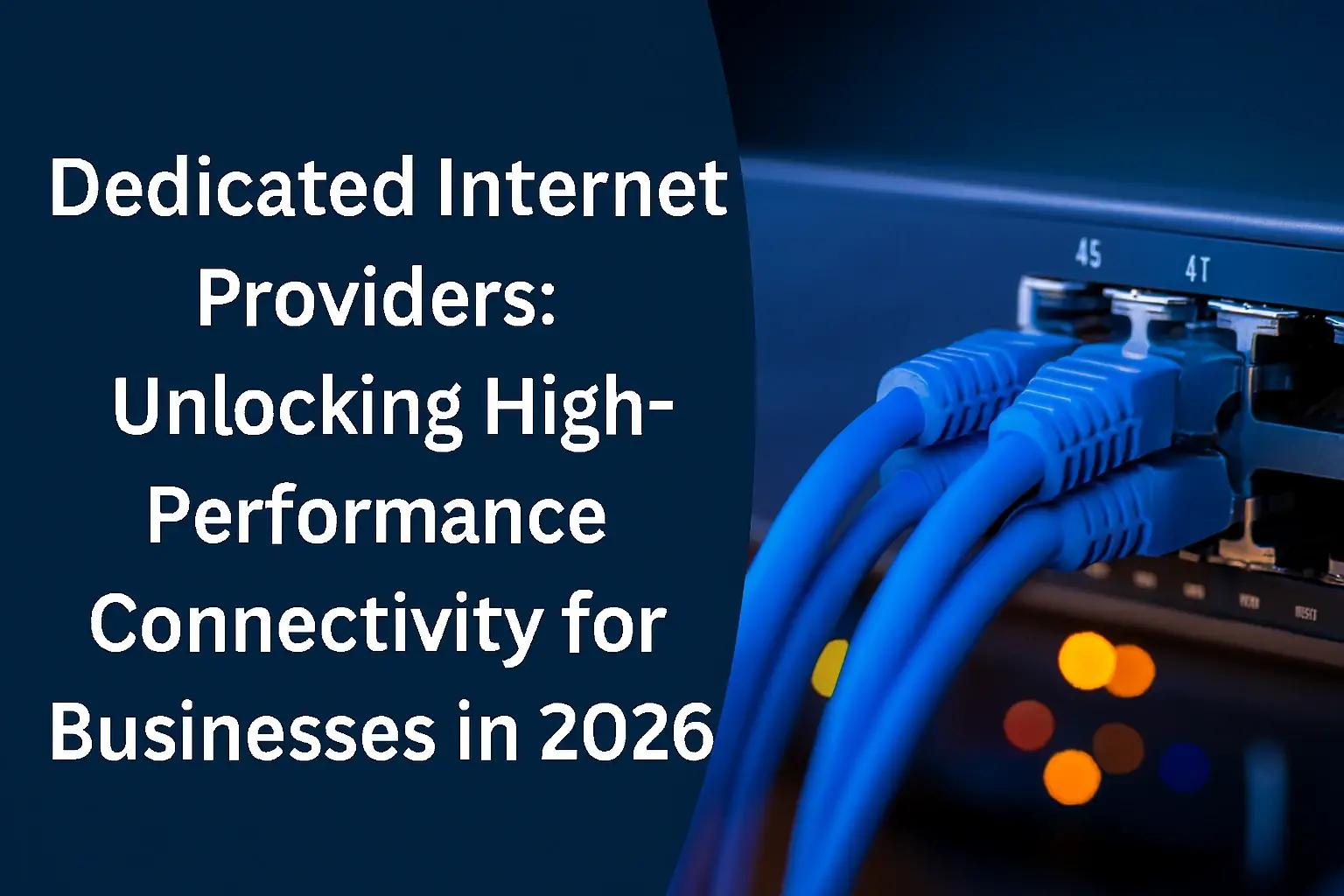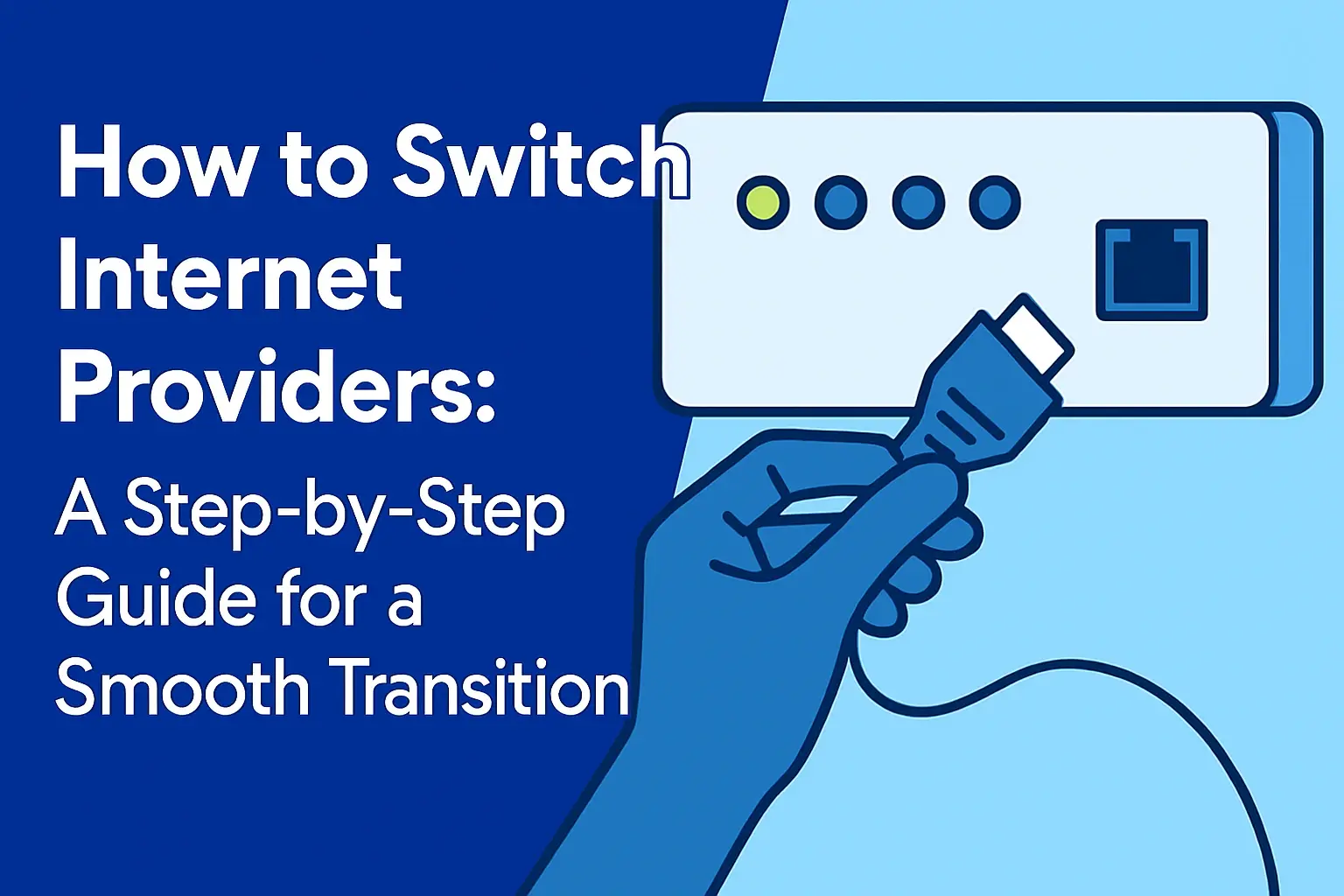
Fiber optics has changed the way we access the internet. It offers very fast speeds and a dependable connection. This new optic technology uses pulses of light to send data through thin strands made of glass or plastic. It is much quicker and more effective than regular copper wire internet. In this blog post, we will look at the science of fiber optics and how it provides amazing internet speeds.
Understanding the Basics of Fiber Optics
Fiber optic internet is changing the way we connect. It provides faster and more reliable service than regular internet options. Instead of using electrical signals, fiber optic technology sends data using the speed of light. It does this through thin and flexible glass fibers called optical fibers.
These optical fibers work like pipes for light. They move digital data over long distances with very little loss of signal.
The Core Principles of Fiber Optic Technology
Fiber optic technology is based on a key idea in physics: the speed of light. Inside the optic cable, there is a core, which is a very thin piece of glass, no thicker than a human hair. This core is made to reflect light inside it. The light moves along the length of the cable. Digital data turns into pulses of light, traveling through this glass core. The light bounces off the sides with little loss of signal strength, even when traveling long distances.
The speed of light is about 186,282 miles per second in a vacuum. Because of this, fiber optic internet can send data very quickly. For example, you could download a two-hour HD movie in just seconds. This shows how fast fiber optic speeds can be.
The core of the cable has a cladding layer around it. This layer is made of a different material that has a lower refractive index than the core. This difference keeps the light reflecting into the core while it moves. This setup helps to lose less signal and keeps the data strong.
Comparison: Fiber Optics vs. Traditional Copper Cables
Traditional copper cables were once the standard for data transmission. However, fiber optics are much better when it comes to speed, bandwidth, and resisting interference. Here are the reasons why:
-
Speed and Bandwidth: Fiber optic cables use light to send data, which moves much faster than the electrical signals in copper cables. This big difference means fiber optic internet can offer much higher bandwidth. It can carry more data at the same time.
-
Resistance to Electromagnetic Interference: Fiber optic cables do not get affected by electromagnetic interference. This is a common problem with copper cables. Electromagnetic interference can disturb the electrical signals in copper cables, causing weak signals and data loss.
Fiber optic cables do not depend on electrical signals. So, they are safe from this kind of interference. This gives you a better and more reliable internet connection, without problems from outside sources.
The Components That Make Fiber Optic Internet Possible
Fiber optic internet works through a smart combination of parts to give you fast speed and great performance. The main part of this technology is the optical fiber. This special fiber sends pulses of light over long distances really well.
Other important parts help too. The optical network terminal (ONT) is at the user’s end. It turns the light signals back into electrical signals so our devices can use them. These parts come together to create a strong internet connection.
The Role of Optical Fibers in Data Transmission
The optical fiber is a great invention in modern engineering. It is a key part of fiber optic internet. It allows fast data transfer over long distances. Think of a very thin glass strand, about the size of a human hair. This strand guides light signals very accurately. That’s what an optical fiber does.
Data changes into pulses of light and moves through the center of this fiber. The light waves bounce off the cladding, a layer that surrounds the core. This keeps the signal contained in the fiber and helps it travel with less loss, even over long distances.
This effective way of transferring data stops the signal from breaking down, which often happens with old copper cables, especially over long distances. Because of this, optical fibers can send data over wide areas at high speeds. This is why fiber optic internet works so well.
How Light Signals are Converted for Internet Use?
Fiber optic cables send data using light signals. Yet, our electronic devices, like computers and smartphones, need electrical signals to understand and process this information. This is where the optical network terminal (ONT) steps in. It is important because it connects the fiber optic network to our devices.
The ONT is installed in your home or office. Its main job is to change the light signals from the fiber optic cable back into electrical signals. It simply translates the language of light into the language of electronics. This change lets our devices connect to the internet.
The ONT picks up the light pulses that carry digital data. Then, it converts these pulses into electrical signals. After that, the signals travel to our routers, computers, and other devices. This makes it easy for us to browse the web, watch videos, and enjoy all the things we do online.
The Process of Installing Fiber Optic Internet at Home
Bringing fiber optic internet right to your home is simple. The first step is to connect your place to the provider's fiber optic network. This connection is important for enjoying the fast speeds of fiber internet. A trained technician will do the installation. They will make sure everything runs smoothly and quickly. Let’s take a look at how the process of installing fiber optic internet works from the provider to you.
From Provider to Premises: The Journey of Fiber Optic Installation
The process of installing fiber optic starts with making the "last mile" connection. This means connecting your home or business to the main fiber optic network. Usually, this involves running an optic cable from a nearby street cabinet to your building. The street cabinet is where many users in an area connect to the network.
The first step is for a technician to find the best way to run the fiber optic cable and get any needed permissions. After finding the route, the technician will bury or install the optic cable above ground to keep it safe from damage.
At your location, the technician will set up the ONT. This device changes light signals back into electrical signals. The ONT connects to the optic cable and your router, completing the link and bringing fast fiber internet to you.
Necessary Equipment for a Fiber Optic Connection
To fully utilize the power of fiber optic internet, specific equipment is necessary to ensure seamless connectivity. Besides the optical cables carrying the light signals, a few other key components play vital roles.
Primarily, a fiber-optic modem or ONT is essential to convert the light signals back into electrical signals that our devices can understand. Connected to the ONT, a router then distributes the internet signal to multiple devices. The type of fiber optic cable used depends on factors such as the distance and the required bandwidth:
Modern routers often come equipped with fiber optic capabilities, but ensuring compatibility with your provider's network is essential. With the right equipment, you can unlock the full potential of your fiber optic internet connection.
Advantages of Fiber Optic Internet for Users
The benefits of fiber internet go beyond fast speeds. It is very reliable, providing a steady connection, even when many users are online during busy times. This reliability is very important for both businesses and individuals.
Let's look at the main benefits of fiber optic internet. We will see how it improves our online experience, from amazing speeds to better reliability.
Unmatched Speeds: How Fast Can Fiber Optic Internet Go?
Fiber optic internet means fast speed. It is much quicker than regular DSL or cable internet. Fiber optic connections can reach download speeds up to 1 Gigabit per second (Gbps) or even more in some places. This means you can download big files like movies and music very quickly.
It is not only about the quick downloads. Fiber optic internet has great upload speeds too. This matters for things like video calls, online gaming, and sending large files to the cloud. With fiber optic internet, upload and download speeds are similar, which makes it different from other options.
The top speed of fiber optic technology keeps improving. However, even the speeds we see for customers are way faster than traditional internet choices. This big speed benefit makes fiber internet an important option for homes and businesses.
Reliability and Durability of Fiber Optic Connections
Reliability is very important for internet connectivity, and fiber optic internet stands out here. Unlike copper cables, which can lose signal and have interference, fiber optic cables are less affected by outside problems that may disrupt your connection.
Fiber optic cables are also better at resisting physical damage because they are built to last and installed underground. Power outages, which often cause internet issues, do not greatly affect fiber optic connections since they don't need electricity to send signals.
This strong reliability and toughness of fiber optic connections make them a great option for businesses and people who need a steady internet connection without the stress of downtime or interruptions.
Conclusion
Fiber optics offer a fast and reliable way to connect to the internet. They work on principles and parts that send data much quicker than regular copper cables can. Fiber optic internet is durable and a smart choice for people who want top performance. The way we set it up and the gear we need shows how fiber optics change our online experience. By choosing fiber optics, you can enjoy a smooth online journey that goes beyond what you expect. If you want to improve your internet connection, think about switching to fiber optic.






